I Am Very Happy
I Hope You Are Too
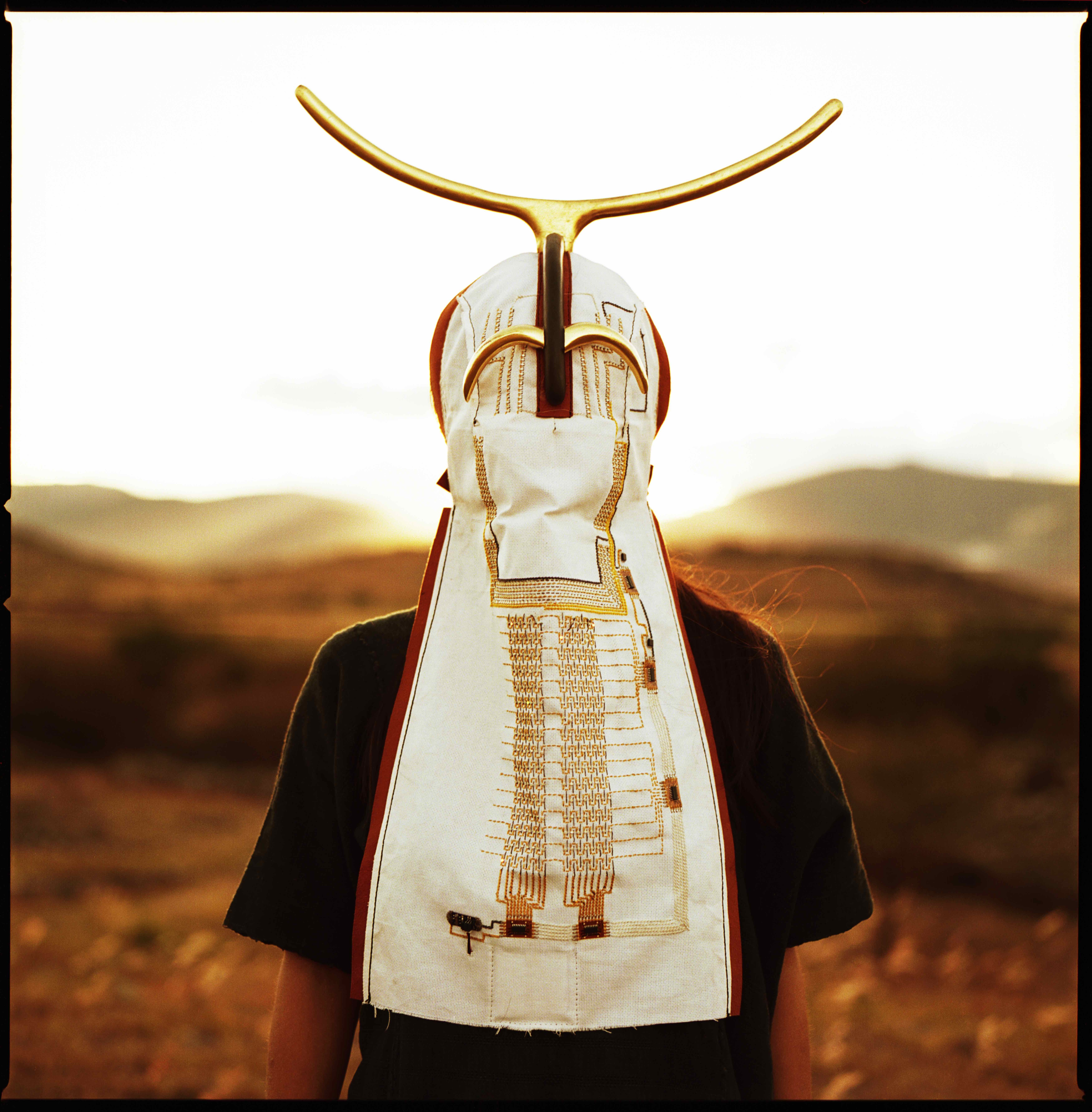
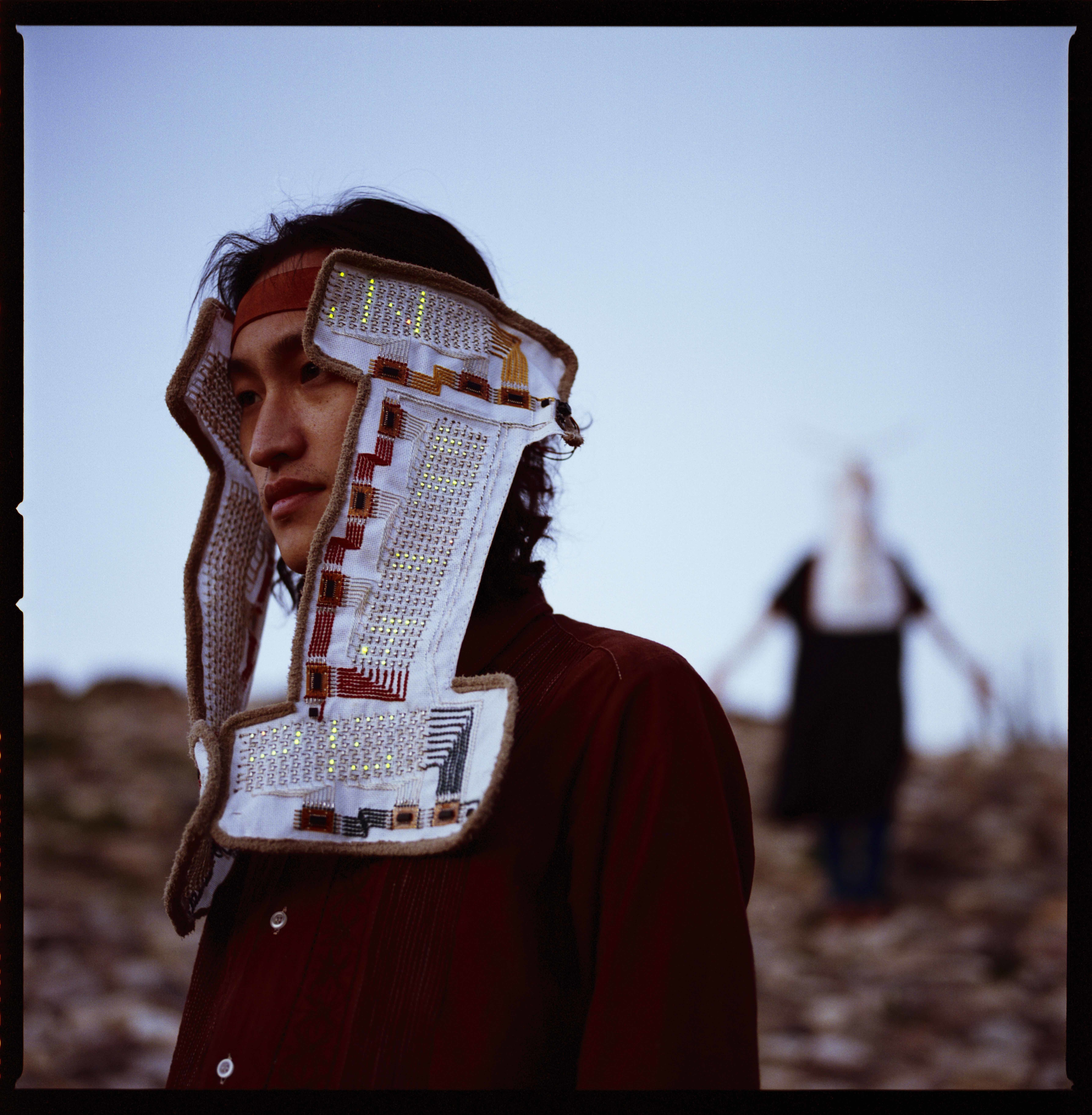

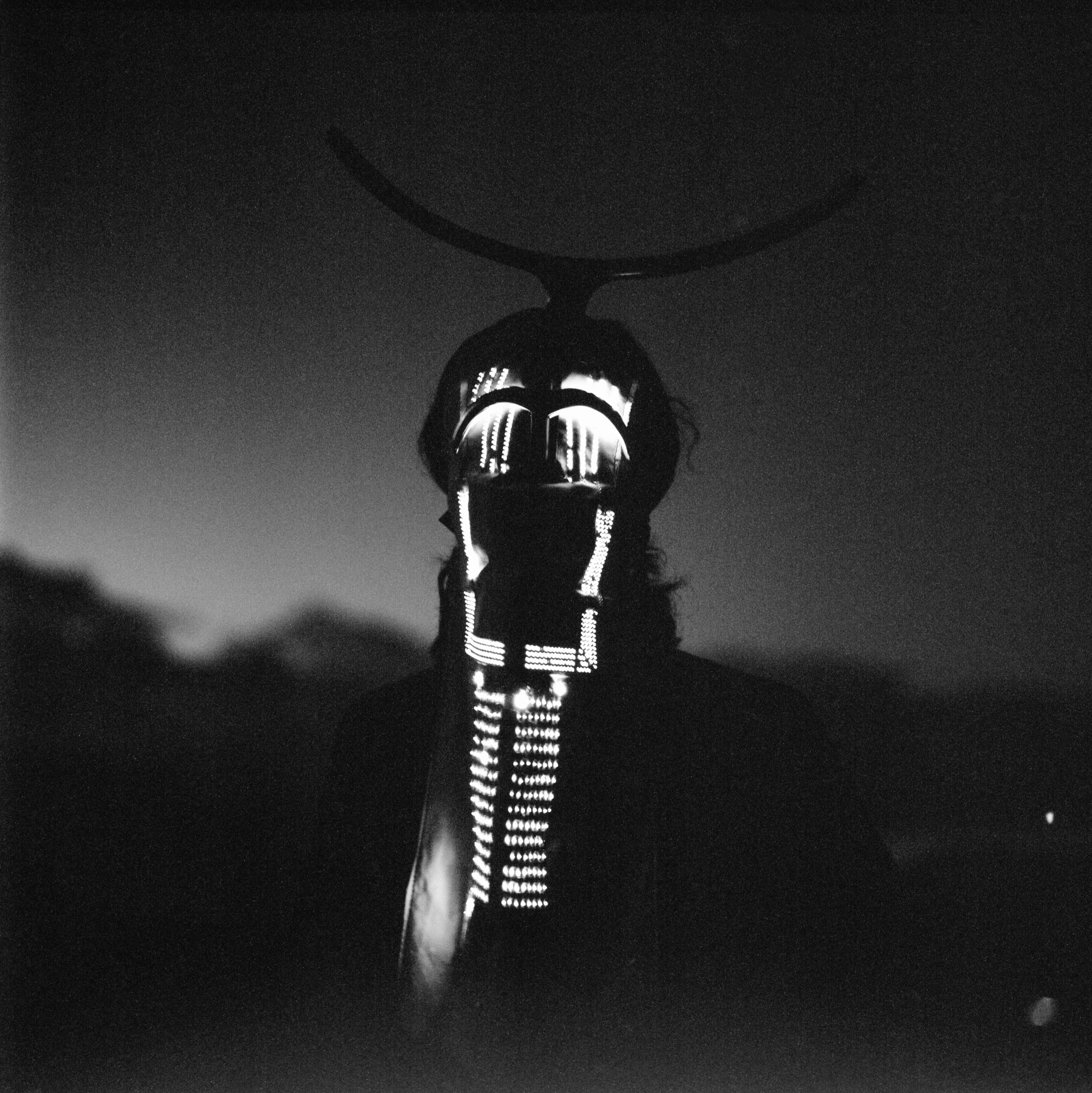
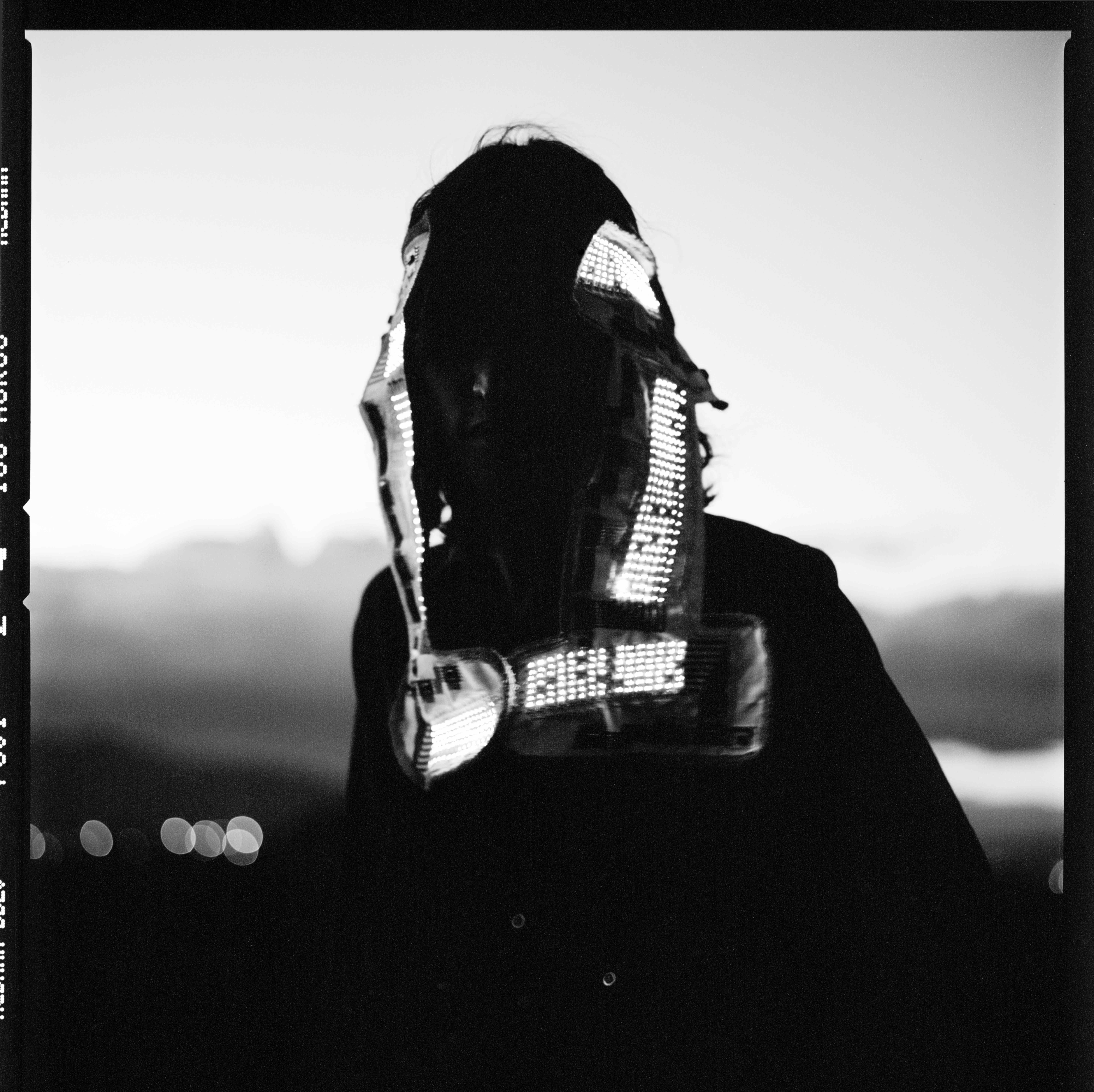

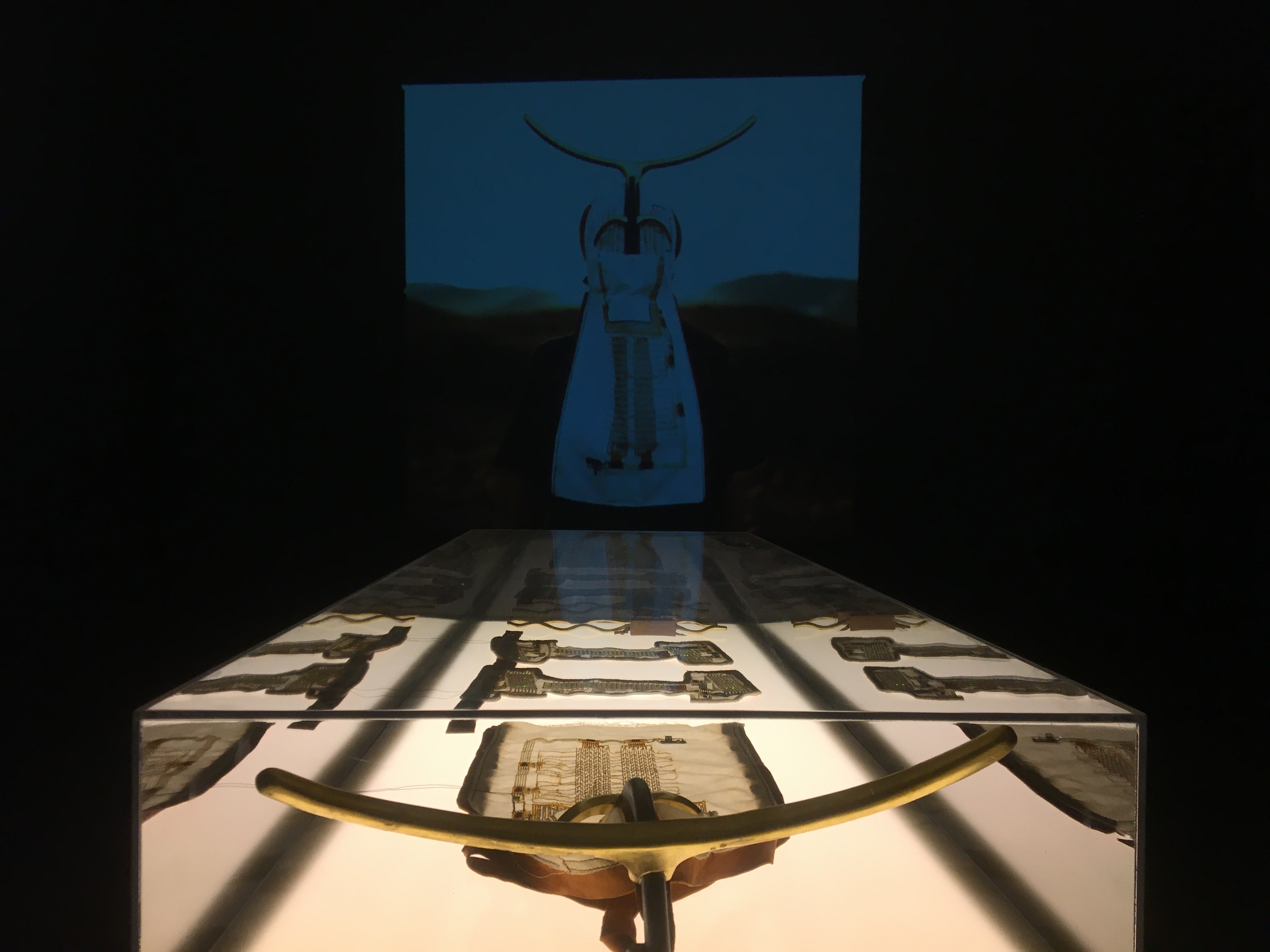
導電縫線、墨西哥式金箔、木工、手繡、Arduino、鋰電池,攝影:Taku Kazuya
展覽
Attempts, Failures, Trials and Errors 2018
Hello World:
Code and Design 2018
台北數位藝術節 2014
Adafruit 介紹
UTS tinkery 物件報告
I Am Very Happy I Hope You Are Too 是一件在墨西哥瓦哈卡的駐村中完成的作品,這是一個結合了十字繡工藝、導電縫線和電子零件的穿戴裝置,以及當地阿茲提克社區朋友木工以及金箔工法的幫助。這件作品試圖透過手繡的方式將電子產品「織品化」,並將電子線路融合在織品設計中,產生出織品圖案與功能合一的穿戴式設計作品,兩個面具上的刺繡圖案分別由 LED 的多功處理器線路構成。在電子織品材料面上,另一項挑戰是可撓式電路的設計,透過手縫的線路與無需焊接的 LED,提高了電子線路在穿戴裝置中的可撓性,以及提高了機洗的循環次數。在社會意義上,這件織品作品成為傳統工藝、文化保存社群與程式藝術社群的中間媒介,透過織品結構與電子線路之間的相似處為兩方社群提供了能共同參與的實踐練習。
Conductive threads, gold leaf foil, woods, cross stitch, arduino, lithium battery, photographer: Taku Kazuya
Exhibitions
Attempts, Failures, Trials and Errors 2018
Hello World:
Code and Design 2018
Taipei Digital Arts Festival 2014
Adafruit intro
UTS tinkery report
"I Am Very Happy I Hope You Are Too" is a piece completed during a residency in Oaxaca, Mexico. It is a wearable device that combines cross-stitch embroidery, conductive thread, and electronic components, with the help of local Aztec community friends who specialize in woodworking and gold leaf technique. The piece attempts to "textilize" electronic products through hand embroidery and integrate electronic circuits into textile design, resulting in a wearable design where textile patterns and functions are combined. The embroidery patterns on the two masks are made up of LED multi-processor circuits. Another challenge in electronic textile materials is the design of flexible circuits. By using hand-sewn lines and LED components that do not require soldering, the flexibility of the electronic circuitry in the wearable device is increased, as well as the number of wash cycles it can endure. In terms of social significance, this textile piece serves as a medium between traditional crafts, cultural preservation communities, and programming art communities. By highlighting the similarities between textile structures and electronic circuits, both communities can participate in the practice together.
